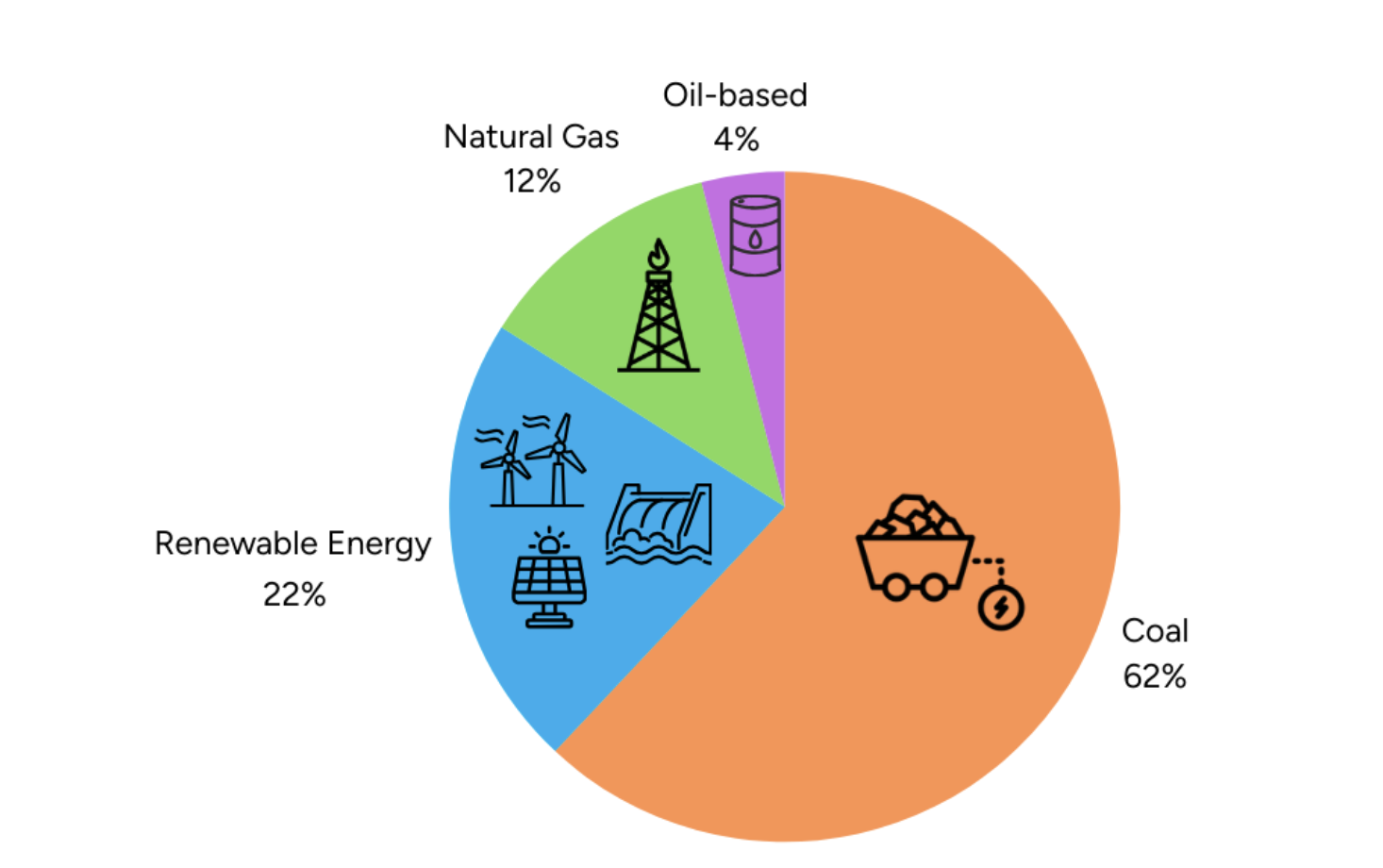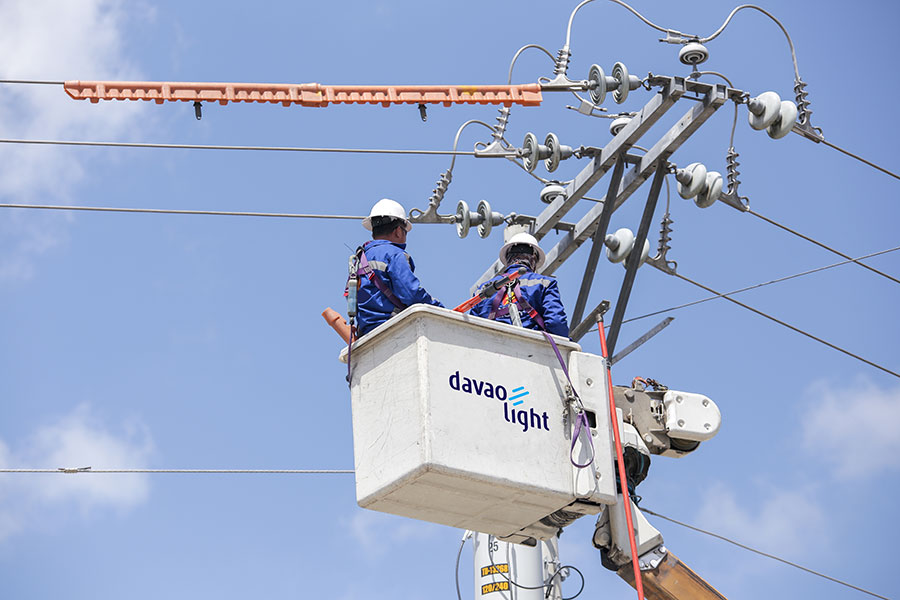The transformation of the phone landscape happened with what I’d argue are just two basic elements – a new phone (the mobile phone) and new cell towers. The biggest resource — bandwidth — is actually “free” and relatively easily accessible.
The transformation to cleaner energy sources, however, requires more pieces to the puzzle. There are the different power generation, electrical transmission and distribution assets, and the actual energy-consuming facility, appliance or what have you.
Imagine having mobile phones that only work on the landline infrastructure. Think of how fast (or slow) the rate of adoption would be in that case and you can start to imagine the immensity of the challenge facing the energy sector.
The very physical element of power generating assets will mean that a variety of assets will be required to address this entire nation’s energy needs. There are limits to how much land can be devoted to solar energy, as an example, as needs for energy start abutting Philippine food security. Hydropower can only be found in particularly limited locations as with geothermal power. Wind sources face the same constraints as solar power if not more so.
All these variable renewable resources have an element of unpredictability into them, unless better energy storage solutions — themselves an area experiencing significant but not yet sufficient development — are rolled out. Thus, it is inconceivable that only one type of energy source will be required. In fact, a more reliable source of baseload power — liquified natural gas, ammonia or perhaps even nuclear power — will be required over the next decade to work in lockstep with numerous renewable energy types and to meet the Philippines’ growing electricity needs.
On the transmission and distribution side, a more responsive grid that connects often far flung sources of power to the energy use centers will have to be built. This very act will require significant, often underappreciated funding. Not only will new power lines be needed but these lines need to be able to do more in order to take in various energy sources, some intermittent, others baseload.
It will also require gaining permits over land. We can’t quite transmit electricity over the air, unlike sound waves. In the Philippines, that can only happen in bits and pieces. This new transmission and distribution system will have to be built while we rely on our current system akin to changing a plane while mid air.
Finally, changing the demand side will require a number of different answers as well. The facilities or appliances will face modifications but that I think will be less difficult than the changes required on the entire demand management ecosystem which often relies on a simplistic peso-per-kilowatt approach rather than on more sophisticated pricing schemes. One can envision five minute energy pricing for end-users; when the sun is up and there’s a lot of solar power, prices are lower. In a five minute span when cloud cover is high, prices can go up, before going down again when the sun shines through once more.
Even more laudable would be a future wherein end users can effectively sell back power to the grid for energy that their house or car generates. The changes needed to make that happen — including the appliances required and what to make of the grid distribution service — will be mammoth.
If the shift from landline to mobile phones is like making adobo – requiring simple ingredients like chicken, vinegar, soy sauce, and a few condiments — the energy transition is more like making sumptuous paella, with many, many ingredients in various proportions poured in at various times over a long duration. But the results of transitioning to clean energy, just like hearty paella, will be well worth it.



